Solution | How to complete balcony planting agronomy at low cost?


Because balconies have rapid air flow, high evaporation, and limited floor load capacity, thickening the soil layer is not feasible to meet crop water needs. Therefore, developing simple and accessible agronomic techniques tailored to the balcony climate to ensure crop water needs and root soil permeability is crucial to the success and large-scale expansion of balcony cultivation. This article focuses on exploring low-cost agronomic solutions for balcony cultivation (Figure 1).
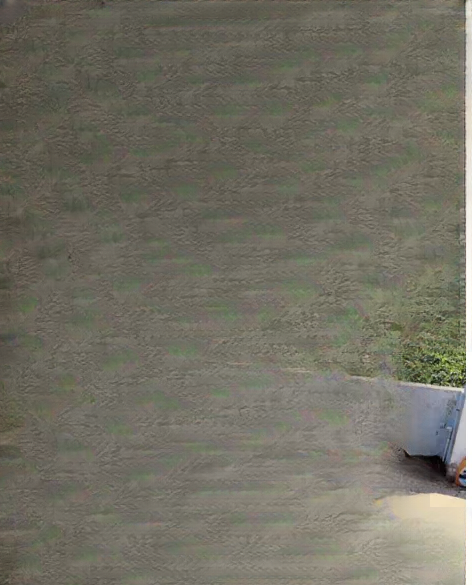
Figure 1 Balcony rice and water spinach planting boxes combined with water storage beds for cultivation
In order to understand the basic requirements of balcony crop cultivation for water consumption and root system requirements for soil depth, it is necessary to conduct on-site testing of basic> The fourth-floor balcony of Yard 8, Horticultural Community, Guoxu Township, Chongren County, has a floor height of 9.5 m, a longitude of 116.077807°, a latitude of 27.727549°, and an altitude of 79.6 m. Testing Arrangements A foam box (outer diameter, length, width and height are 44.5, 29.5 and 24 cm, and inner diameter, length, width and height are 40, 25.5 and 21 cm, respectively) filled with water was used as the observation water source, and observation points were set up inside and outside the roof pavilion. Test Method The daily evaporation intensity of the water surface was recorded on a daily basis in the early stage, while the crop transpiration intensity was recorded on alternate days.
Water surface daily evaporation intensity test
To minimize the impact of rain on the>
Table 1 Record of evaporation intensity of water surface inside and outside the pavilion
Observations showed that from April 30, 2021 (temperature 31°C/16°C, using insulated open foam boxes filled with water) to June 27 (temperature 34°C/26°C), a total of 59 days, the water level in the foam boxes dropped from 90 mm to 16 mm, with a total evaporation height of 74 mm. The calculated average daily evaporation intensity from the water surface was approximately (74/59) ≈ 1.254 mm/day. This indicates that mulching is an effective measure for balcony plantings to combat high temperatures and drought.
Crop transpiration intensity test
To estimate the maximum water consumption of balcony-grown crops, mid-season rice (variety 'Ye Xiang You Li Si') was grown in boxes on the balcony from September 3 to 21, 2021, with two stumps per box and three seedlings per stump. During the heading and flowering stages, rice plants reached 80 cm in height, 100 cm at the top of the flag leaf, and 70 cm in width. Water was added and the transpiration intensity during this period was recorded (Table 2). When the foam box was filled with 7.5 kg of water, no water accumulated at the bottom of the water storage chamber after 2–3 days, but the soil remained moist. (The outer diameter, length, width, and height of the foam box were 44.5, 29.5, and 24 cm, respectively; the inner diameter, length, width, and height were 40, 25.5, and 21 cm, respectively.) Based on a water addition rate of 3.5 kg/day and an inner box surface length and width of 40 and 25.5 cm, the transpiration rate was approximately 3.5 mm/day.
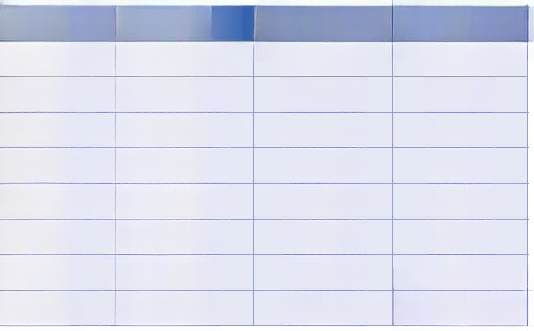
Table 2 Rice transpiration intensity record
To determine the amount of water needed for rooting of balcony vegetables, a soil test was conducted using used cooking oil drums. When the soil is dry and off-white, a 3 mm rainfall rate per unit area is recommended to moisten the 19-20 cm layer. If the soil is dry but not white, a 2 mm rainfall rate per unit area is sufficient to moisten the 19-20 cm layer. Excess water applied beyond the soil's saturated moisture content will be lost (Figure 2).
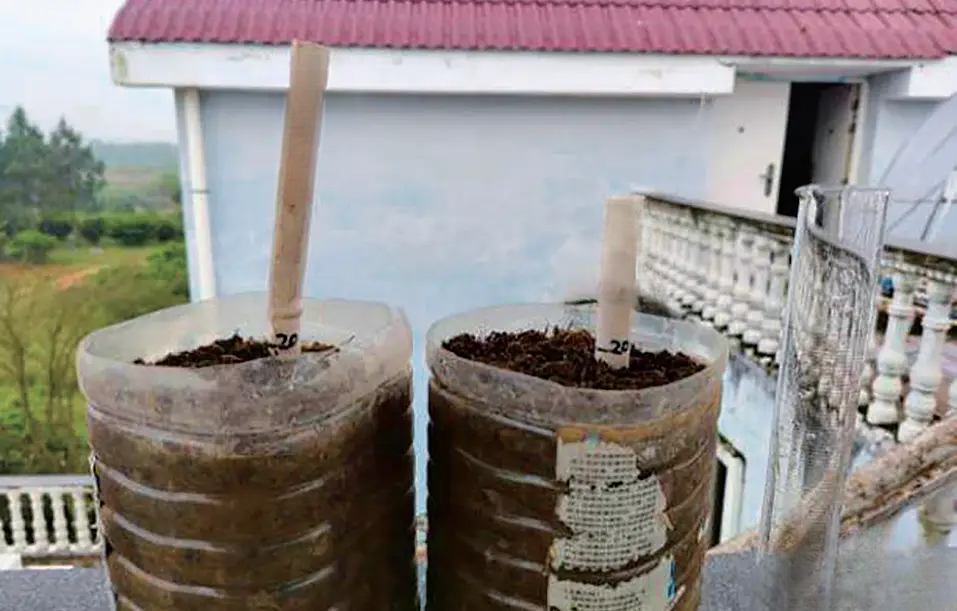
Figure 2 Soil watering test
After the waste cooking oil barrels were fully watered and exposed to the sun for three days from May 2nd to 5th, 2022, under continuously sunny conditions, an electronic soil tester was used to measure the soil moisture at a depth of 5 cm. The moisture level was reported as NOR (normal). Testing at depths of 10 cm and below indicated WET (wet) or WET+ (very wet). This indicates that evaporation from the water surface is much greater than evaporation from the soil (Figure 3).
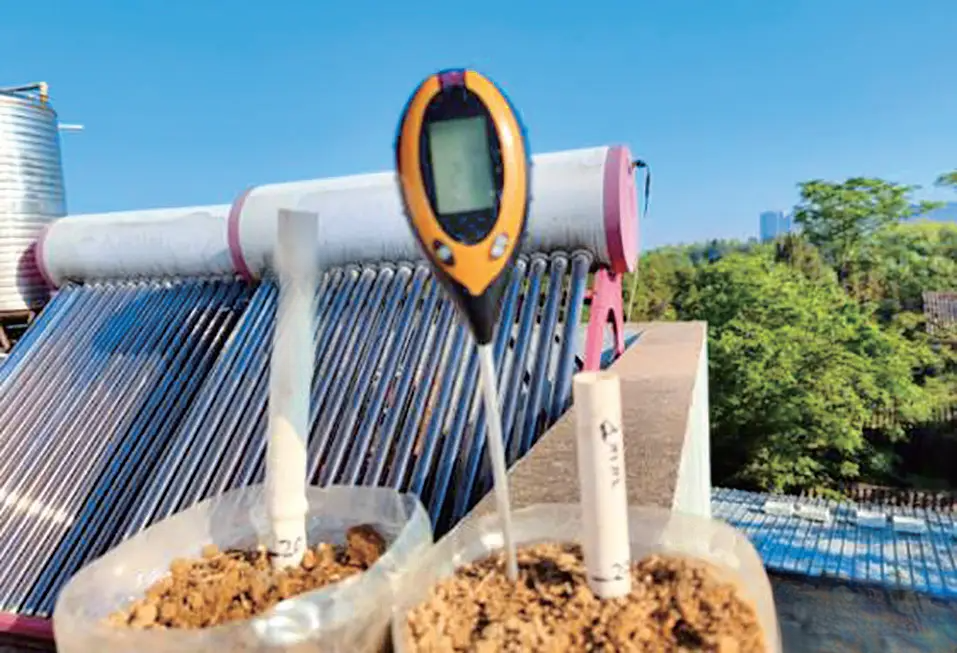
Figure 3 Soil evaporation intensity test
Calculation of soil thickness for balcony planting
On January 12, 2022 , measurements of the root ball of broccoli, a high-yielding open-field vegetable, revealed a soil ball radius of 15-20 cm and a thickness of 10-15 cm (Figure 4 ). In summary, the soil layer thickness for balcony planting should be 15-20 cm . Water consumption should be 1.25-3.5 mm/day. However, a soil water holding capacity of less than 2 mm can only meet the crop's water consumption for half a day during its peak growth period. To avoid the waste of manpower, material resources, and water resources associated with watering only once or twice a day , a new agronomic engineering technology must be adopted to replace the potting and frame planting methods that require daily watering.
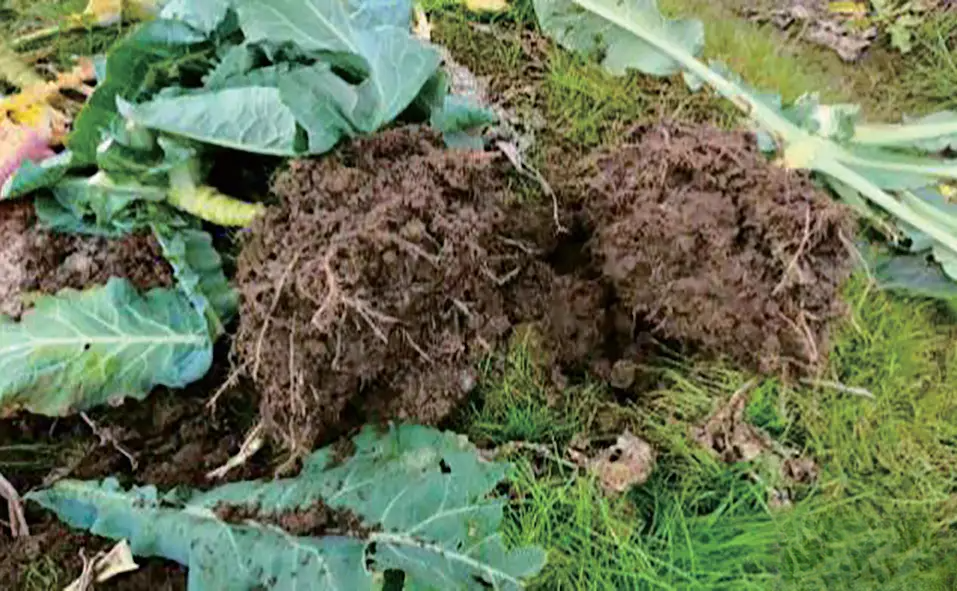
Figure 4 The soil ball at the root of Datian Huatangcai
Low-cost balcony planting projects primarily consist of planting boxes, plastic film water beds, and small balcony vegetable plots. Planting boxes are the most basic unit for growing and cultivating crops on a balcony. Different sizes of planting boxes are available, depending on the cultivar and the size of the balcony. They offer advantages such as ease of movement, quick adjustment, and the ability to fully utilize the marginal growth of crops while preventing soil-borne diseases from spreading laterally with rainwater . However, they also have disadvantages such as low yields due to their small size.
Plastic film water beds primarily collect rainwater and other water sources, making it easier for balcony crops to draw water. Alternatively, they can be used directly as a water source, supplying water to crops through planter boxes. However, they require significant space and can only be constructed on rooftops or open areas. Water accumulation can easily breed blue algae and mosquitoes, requiring water purification with water-loving crops (such as rice and water spinach) or shade and cover to ensure water quality.
Balcony vegetable gardens are constructed on a plastic film water bed. After the film hardens, a "polyester cloth + cement mortar" cover is applied, and then nutrient soil is laid. Their advantages include a relatively large area, which can meet the root growth requirements of balcony vegetables. Management methods are similar to those of open-field vegetable gardens, making soil sealing and disinfection easier and ensuring stable yields. However, their disadvantages are that they take up space and can only be used on open areas such as rooftops.
Planter Boxes and Cost Analysis
The planting box consists of two parts: a planting room (or cultivation room) and a water storage room inside the box. The water storage room is set against the bottom and side walls of the planting box to form an internal water storage planting box (Figure 5).
Based on observational>
Figure 5. Section of the planting box and pepper planting

Table 3 Planting box cost structure (yuan/box)
Combined plastic film water storage bed and cost analysis
The combined plastic film water storage bed consists of a cushion layer, columns, connecting rails, and plastic film (Figure 6). According to measurements, when planting rice, 7.5 kg of water (equivalent to 7.5 mm of rainfall on the inner surface of the foam planting box) can only sustain rice for two days during the rice filling and grain setting period. Therefore, the combination of a water storage bed and planting boxes can ensure the water needs of water-intensive crops like rice. During periods of alternating sunshine and rain, watering can be omitted or reduced. During periods of continuous sunny and hot weather, a water supply can be guaranteed for approximately seven days.
The water bed is constructed using recycled cooking oil drums, felt, wire tubing, and plastic film. Taking a water bed with a length, width, and fence height of 3 m × 1.5 m × 0.15 m as an example, its cost structure is shown in Table 4.
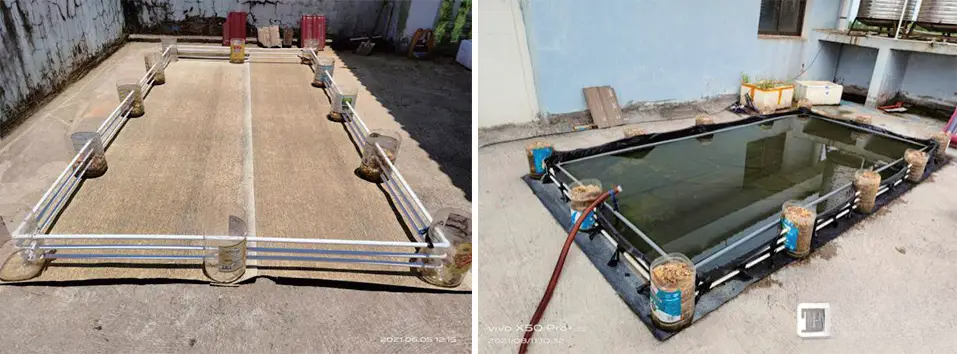
Figure 6 Plastic film water storage bed support and water storage effect

Table 4 Cost composition of water bed (4.5 m2 ) /yuan
Construction and cost analysis of small balcony vegetable garden
On the water bed, a grout made of mudguards, polyester sheeting, and instant cement glue is used for film protection. After the grout hardens, nutrient soil is applied to create a small rooftop vegetable garden. This small garden can better meet the soil permeability requirements for crop root expansion. To manage soil moisture in a small garden: During the rainy season, the low-profile plastic film can be deployed to drain water and reduce soil erosion. During dry weather, the film can be retracted to retain moisture, providing a simple and effective solution to the effects of both rain and drought (Figure 7).
Because the fenders used 80 cm × 13 cm composite floor strips, the height of the nutrient soil layer was 12 cm to calculate the volume of the nutrient soil. The factory price of the nutrient soil was 25 yuan/60 L (Table 5).
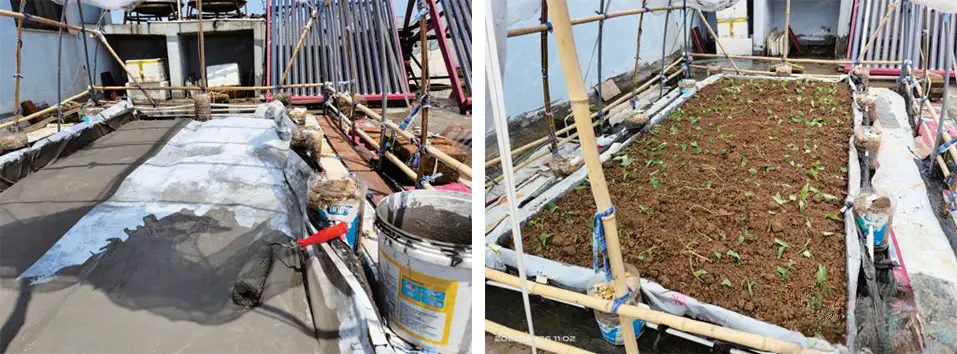
Figure 7 Small vegetable garden on the balcony

Table 5 Cost structure of vegetable garden (4.5 m2)/yuan
supporting projects
Trellising, insect and bird-proof netting, double-layer insulation film, thermal blankets, and smart temperature controllers are crucial for year-round growth of rooftop crops. Compared to the ground, rooftops experience stronger winds, experience greater temperature swings between day and night, store less heat in the planting area, and have lower cold tolerance. Therefore, trellises should be designed with both outer and inner layers. The outer trellis should be equipped with film-holding tape to prevent it from being blown over. Small household trellises should be kept under 2 meters in height. The inner trellis primarily provides insulation and warmth in winter and can be constructed with lightweight plastic supports, ranging in height from 1.3 to 1.6 meters. The outer trellis should be covered with insect-proof netting year-round to deter insects and birds, directly reducing the need for pesticides. As temperatures rise, gradually remove the inner and outer insulation films. Conversely, gradually add the outer and inner insulation films, thermal blankets, and install a smart temperature controller. Preliminary observations show that after covering an inner greenhouse (1.5 m high, 4.5 m² ) with a blanket, heating on a snowy night with a set temperature of 16–22°C and a 50 m cable, using a 480 W smart thermostat, takes 22 minutes. After approximately 33 minutes, the thermostat restarts, with electricity consumption accounting for approximately 40% of the time. Based on a 12-hour winter night heating period, the power consumption per greenhouse is approximately 3 kW/h (including standby power). If heating is maintained throughout the day during cold, cloudy, and rainy conditions, the power consumption is estimated to be 6 kW/h per day (Figure 8). This provides a basis for the application of rooftop solar power.
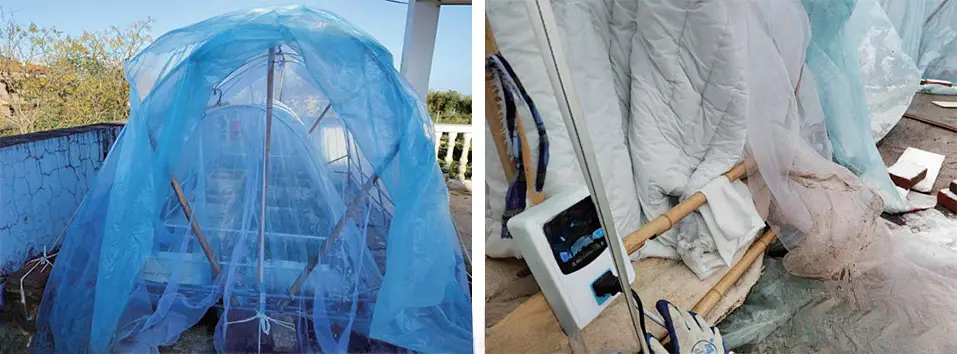
Figure 8 Double shed insulation and thermostat heating
Rice cultivation
In August 2021, the first rice planting experiment (variety 'Ye Xiang You') was conducted using a "planting box + water bed" combination. Each "water-storage planting box" (length × width × height = 45 cm × 29.5 cm × 24 cm) housed two clumps of rice, each containing three seedlings. The yield was high, with an average wet grain yield of 148 g and a dry grain yield of 120 g per clump (240 g per planting box).
On March 15 and April 15, 2022, six rice planting combinations were designed for two different direct-seeding periods in the same 4.5 m² "box + bed" plot . The management process of the 2021 mid-season rice transplanting and this spring's early rice direct-seeding trials demonstrated that the simple rooftop "box + bed" system, combined with agronomic engineering techniques, significantly outperformed field planting in terms of control combination setup and deployment, full-season observation and recording, precise water and fertilizer control, pest and disease control, per-plant yield, site utilization, and reduced labor intensity (Figure 9).
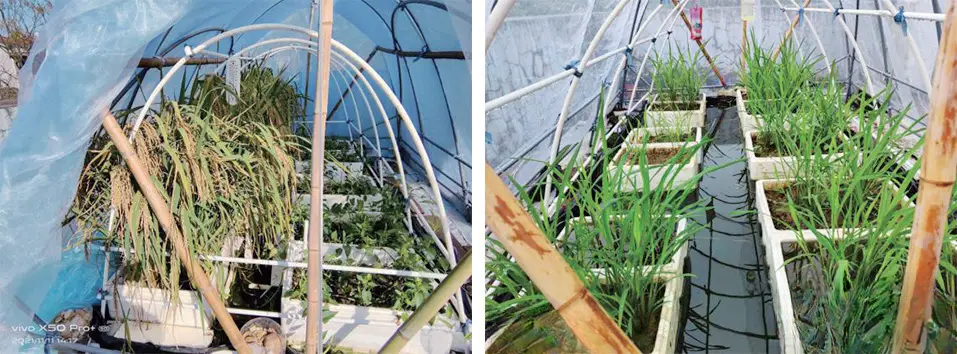
Figure 9: Mid-season rice planting (2021) and early-season rice planting (2022)
Vegetable planting
From April 26 to May 15, 2022, a comparison was made between the layering planting of water spinach in a small rooftop vegetable garden and in the open field. Under the same management conditions, although the open field planting was reseeded, the growth of water spinach in the small vegetable garden was still significantly better than that in the open field (Figure 10).

Figure 10 (Planted on the same day) Growth of water spinach in the open field and on the balcony
Temperature regulation effect
According to records from September 11, 2021, when the surface temperature of the exposed floor was 40°C, the water temperature in the waterbed beneath the rice plants was 31°C. On December 26, there was light snow, and the surface temperature was -1°C. The intelligent temperature control range of the growing shed was set to 16-22°C, allowing the top floor living room to be warm in winter and cool in summer (Figure 11).
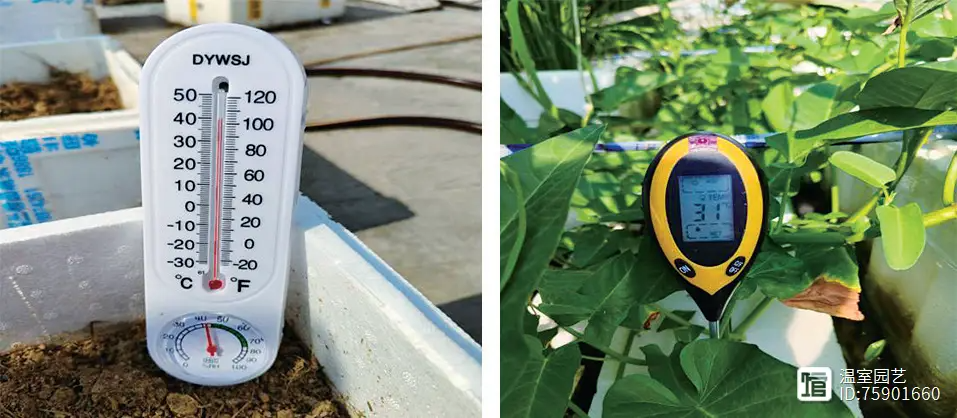
Figure 11 (balcony at the same time) Temperature difference between the planting area and the non-planting area
Open up new employment channels and create new jobs
Rooftop planting technology can be used in areas such as planting technical services, variety breeding, cultivation substrate processing, waste recycling, labor services, and the reuse of abandoned industrial and mining sites. It can also integrate emerging fields such as solar energy + rooftop rainwater collection and storage + mechanized insulation equipment development + intelligent water, fertilizer, light, and temperature control. Planting boxes with built-in water storage can be miniaturized, customized, or designed and manufactured to be biodegradable. These can be used on balconies, bars, and study rooms, or for raising seedlings of precious Chinese herbal medicines and transplanting them under forests. This will drive broader entrepreneurship and employment opportunities and promote the in-depth integration and development of the real economy across multiple sectors (Figure 12).
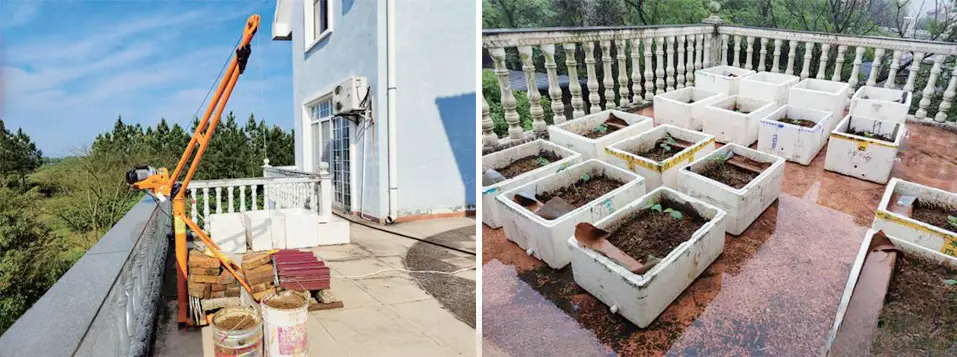
Figure 12: Terrace nutrient soil hoisting and terrace planting box vegetable planting
According to the main>



In order to better serve the readers and authors of "Agricultural Engineering Technology (Greenhouse Horticulture)" magazine and facilitate communication among everyone, the editorial department has established a magazine WeChat communication group. Discussions on issues in the professional field and submission-related issues can be consulted in the group. Scan the QR code below to add Xiaoyuanzi WeChat to join the group.



Agricultural Engineering Technology (Greenhouse Horticulture)
GREENHOUSE & HORTICULTURE
Agricultural Engineering Technology (Greenhouse Horticulture) is a technical journal under the supervision of the Ministry of Agriculture and Rural Affairs of the People's Republic of China, sponsored by the Ministry of Agriculture and Rural Affairs Planning and Design Institute, and the Chinese Society of Agricultural Engineering. It is published nationwide. The journal is cited and fully indexed by major search publications such as HowNet, VIP Information, Wanfang Data, Academic Journal Comprehensive Evaluation Database, Academic Journal CD-ROM Edition, and Chinese Science and Technology Journal Database.